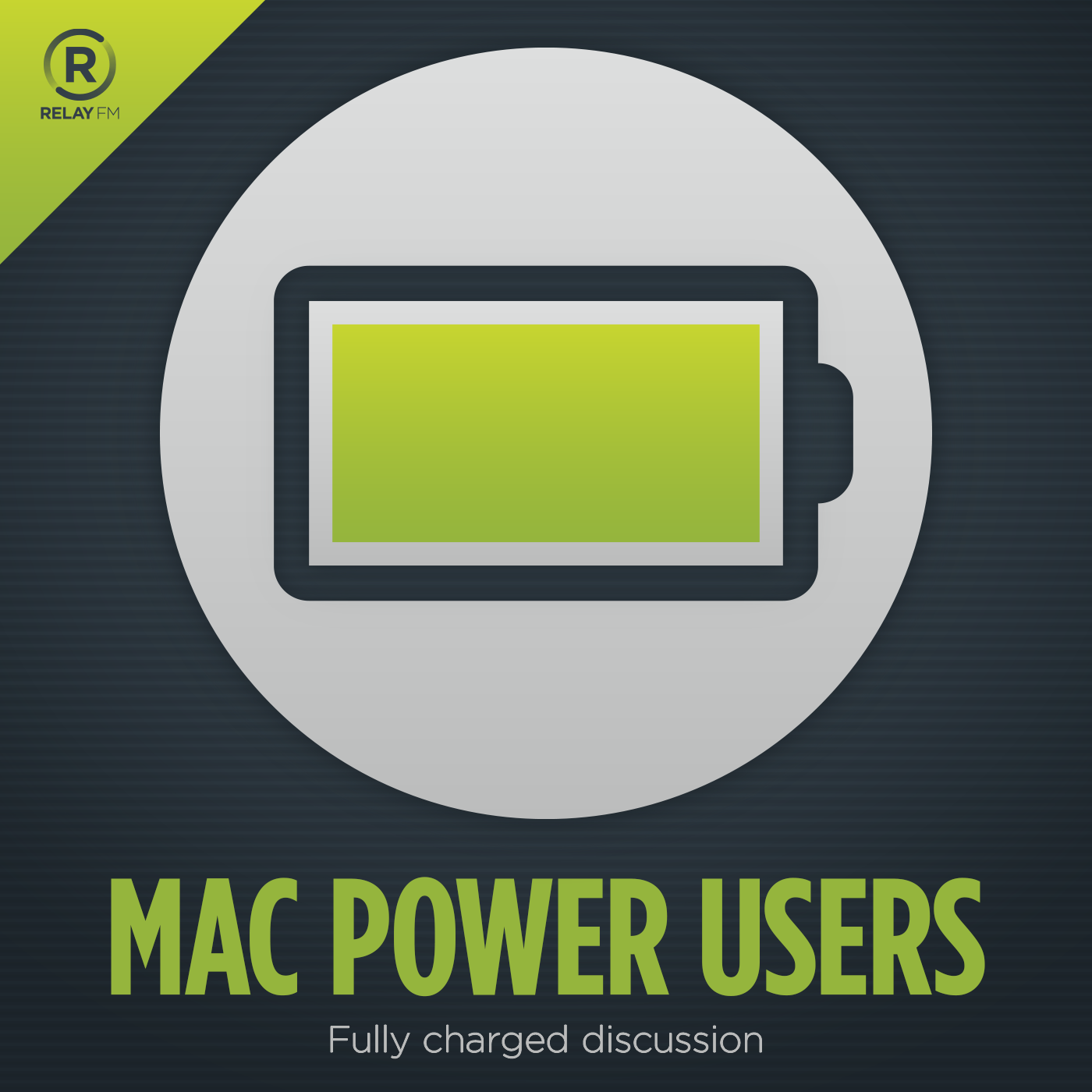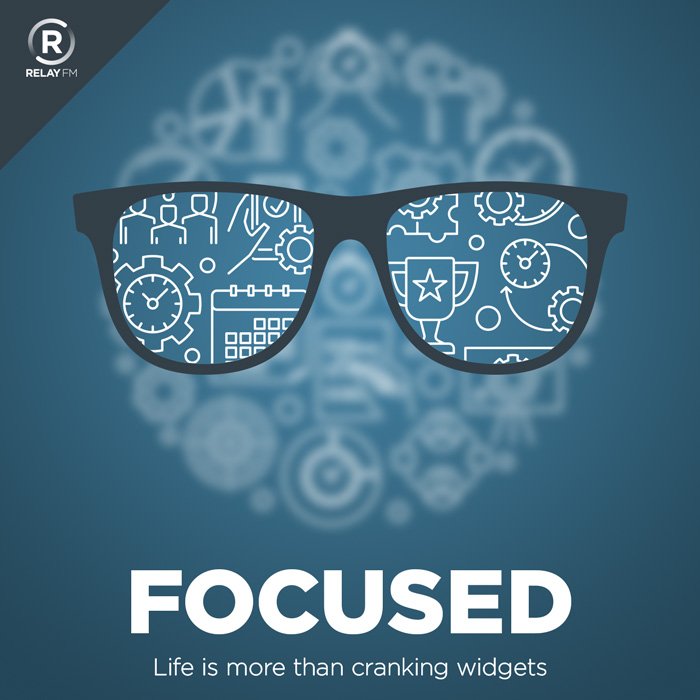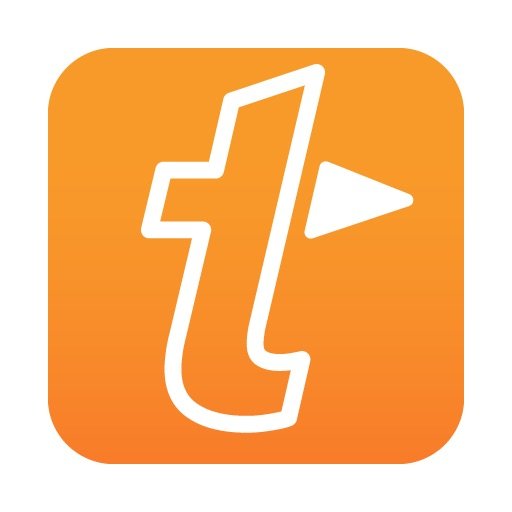Recently, Jason Snell wrote about using a stereo-paired set of HomePod mini speakers with his Mac. I reported on a similar experiment on the latest episode of Mac Power Users.
Specifically, I wanted to see if AirPlay-paired HomePod minis could replace my existing wired speaker system. My current system is nice. They're Focal speakers with a powerful subwoofer on the floor. I reviewed those speakers, along with their 30-pin connector, in 2009. Rather than sending them back to the manufacturer, I sent back a check and kept the speakers. I've been using them every since.
Nevertheless, the siren song of those cute little orange HomePod minis called out to me, and I bought a pair as an experiment. Everything Jason says is right. These speakers sound better than expected for something so small. When paired together, you do get separation and good sound for a minimal footprint.
They don't match the quality of my subwoofer-enhanced Focals, but to do so would defy the laws of physics. They did, however, sound good enough that I was willing to consider using them as my new full-time speakers.
The problem, for me, was lag in the AirPlay connection. Every time I hit play, there was a slight delay between me pushing the button and the music starting. If I only needed speakers for music, that'd be fine.
Unfortunately, the lag showed up in other places too. For example, I often dictate voice-to-text on my Mac. I use the built-in Siri dictation for this. When I engage the dictation, my Mac makes a pleasing "boop" sound. When I'm done, I push the button again, and my Mac then makes the "beep" sound. The feedback from those sounds makes dictation easier. With AirPlay-connected speakers, however, I got no boop, just the beep.
To make matters worse, I also use those speakers to edit audio and video files. In those cases, I'm looking at an audio wave file while I make the edits. The audio that comes through my speakers must match with the waveform on my screen. With the HomePod minis, it did not. When I pressed play, the waveform started scrolling, and the audio lagged behind a second or two. So when I saw a gap in the waveform (indicating silence), the speakers were still making noise and vice versa. (Interestingly, I do not see a similar delay when editing with AirPods.) I could have just witched to headphones, but I'm not willing to only edit video with headphones.
So the unsurprising answer is that AirPlay is not yet ready for use in video production. I liked my tiny orange speakers with their orange cords, but they had to go back in the end.
I now have a newfound love for my Focal speakers, which I plan to keep using ... at least ... for now.
One last thought that occurs to me is that no matter how good AirPlay gets, the audio input port on the Focal speakers continues to serve me well. Just think how much more versatile the HomePod could be with an audio input in addition to AirPlay.













